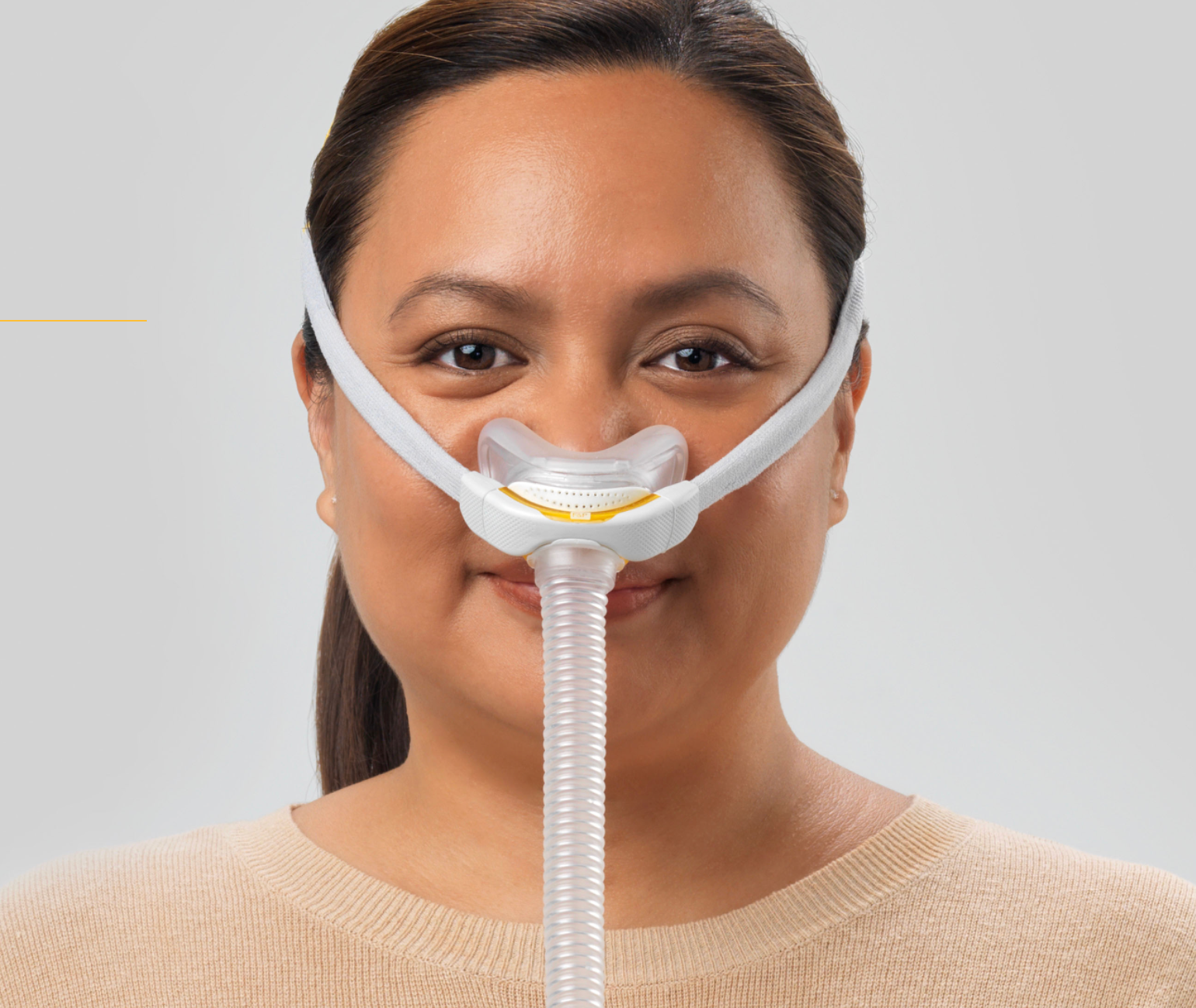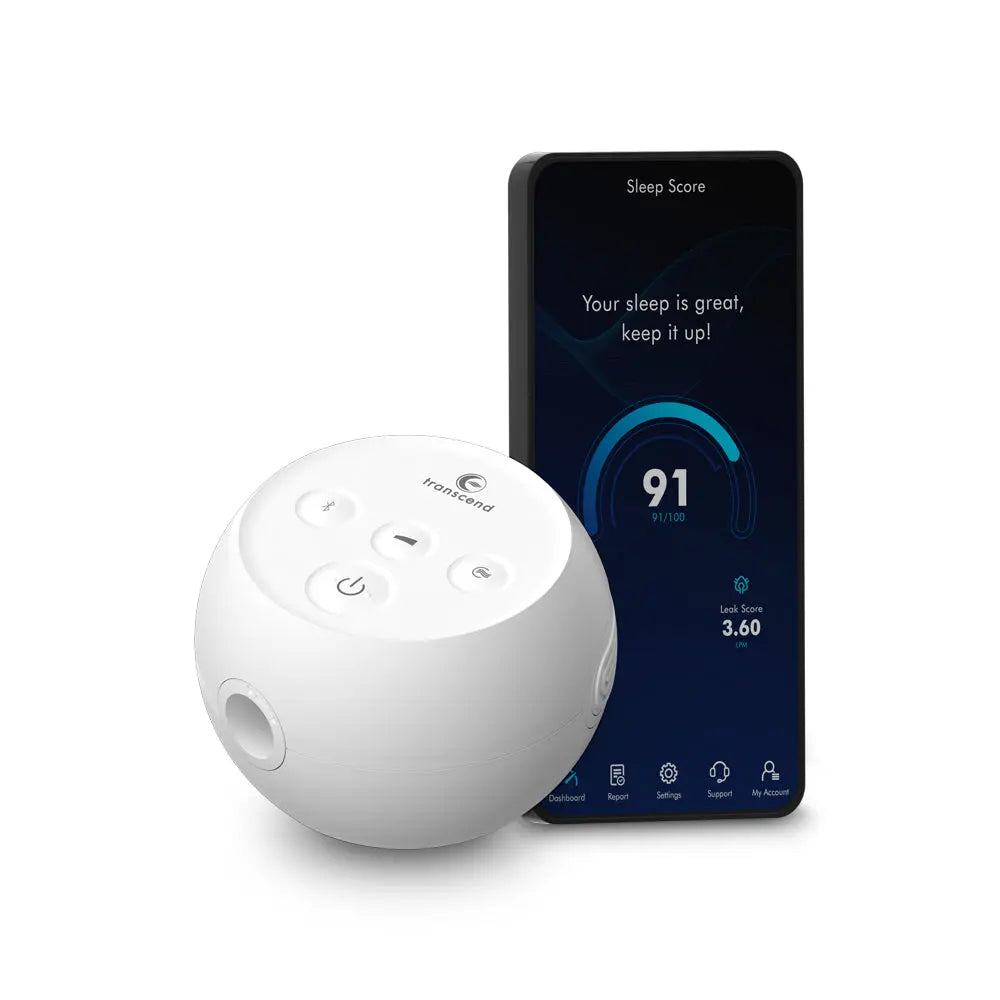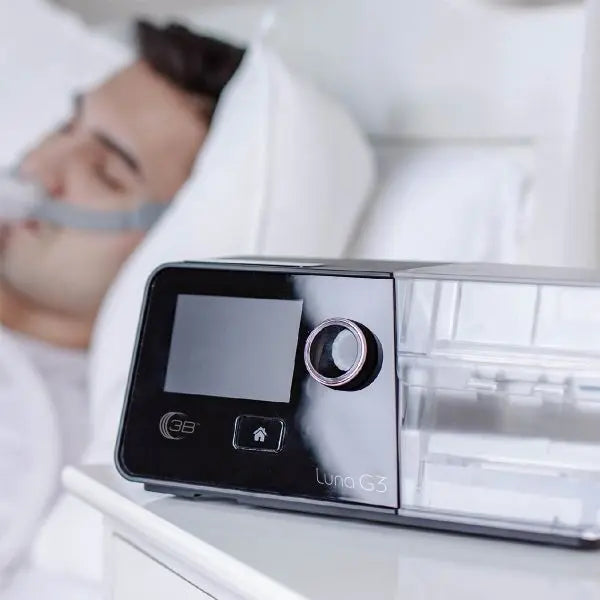Sleeping with Pets and Your CPAP: How to Keep Your Equipment Safe
Sleeping with Pets and Your CPAP: How to Keep Your Equipment Safe
Pets offer companionship, comfort, and emotional support, making them treasured members of our families. Many pet owners love the idea of sharing their beds with their furry friends, finding that it reduces anxiety and promotes restful sleep. However, if you're using a Continuous Positive Airway Pressure (CPAP) machine for sleep apnea, your pet's curious nature might turn into a nighttime misadventure—especially involving chewing and playing with hoses and masks.
We've seen it firsthand: hoses punctured, masks chewed beyond recognition, and countless interruptions to crucial CPAP therapy. Here's how to safely share your sleeping space without compromising your health or your equipment.
Why Pets are Attracted to CPAP Equipment
To a curious pet, CPAP equipment presents a fascinating mix of textures, scents, and sounds. The rubbery feel of hoses and silicone masks often appeals to dogs and cats alike. Pets, particularly puppies and kittens, naturally explore their environment through chewing and biting, and your CPAP accessories can quickly become their favorite midnight snack.
Risks of Pets Damaging CPAP Equipment
When pets damage your CPAP components, several issues can arise:
-
Interrupted Therapy: Any damage to your hose or mask affects air pressure, reducing CPAP effectiveness.
-
Increased Costs: Replacement equipment is not always cheap and may not always be covered by insurance.
-
Potential Health Risks: Damaged components can harbor bacteria or mold, leading to respiratory issues or infections.
How to Protect Your CPAP Equipment from Pets
Here are some practical steps you can take to ensure peaceful nights for both you and your beloved pet:
1. Keep Equipment Secured and Elevated
-
Store your CPAP machine and accessories out of reach when not in use. Using bedside organizers or hooks can help keep hoses off the floor and less accessible.
2. Train Your Pets
-
Basic obedience training or redirection techniques can discourage chewing. Reward good behavior and ensure your pet has plenty of safe toys as alternatives.
3. Cover and Conceal
-
Consider using hose covers that provide an extra layer of protection. Some are even designed to be bite-resistant.
4. Use Bitter Spray
-
Non-toxic, pet-safe deterrents like bitter apple spray can make hoses and masks less appealing without harming your equipment or pet.
5. Regular Inspections
-
Routinely check your equipment for signs of wear or damage. Early detection helps you address minor issues before they become costly replacements.
6. Create a Safe Sleeping Zone
-
Provide your pets with their own comfortable sleeping space, like a pet bed, close by but separate enough to reduce temptation.
Real-Life Pet and CPAP Stories
At USA Medical Supply, we've encountered many stories from CPAP users who've faced mishaps due to curious pets:
-
Mischievous Milo: A playful puppy chewed through three CPAP hoses before his owner started using hose protectors.
-
Curious Chloe: An affectionate cat punctured several masks by playfully batting them around at night. Her owner resolved the issue by placing masks in a bedside drawer each morning.
Learning from these experiences can help you proactively protect your CPAP gear.
Pet Safety Reminders
Remember, your pets' safety is also essential. Chewed equipment can pose choking hazards, so preventive measures benefit everyone involved.
Final Thoughts
Enjoying the comfort and companionship of your pets doesn’t mean compromising your sleep apnea treatment. By taking simple precautions—securing your equipment, training pets, and performing regular checks—you can ensure restful, safe nights for both you and your furry family members.
Bibliography
-
American Sleep Apnea Association. (2023). CPAP Care and Maintenance Tips. Retrieved from https://www.sleepapnea.org
-
ASPCA. (2023). Pet Safety Tips. Retrieved from https://www.aspca.org/pet-care/general-pet-care
-
Mayo Clinic. (2023). CPAP Machines: Tips for Avoiding Common Problems. Retrieved from https://www.mayoclinic.org
-
Veterinary Behavior Specialists. (2023). Preventing Destructive Chewing in Pets. Retrieved from https://vetbehaviorspecialists.com








Leave a comment
This site is protected by hCaptcha and the hCaptcha Privacy Policy and Terms of Service apply.